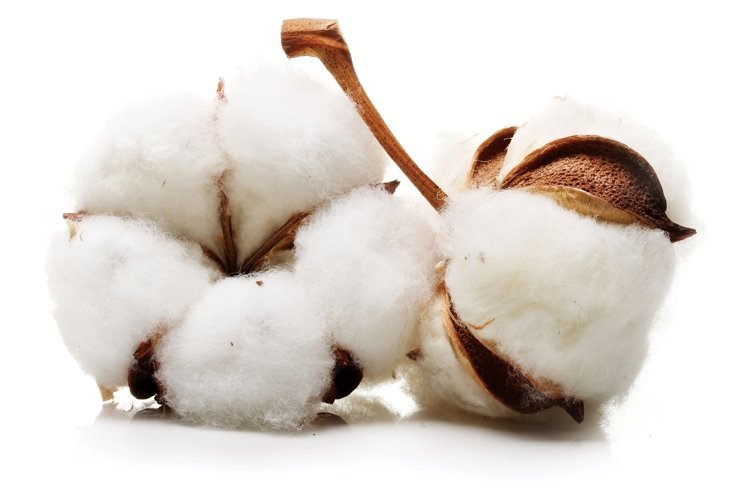
It used to be that women had two choices when it came to feminine protection—commercial tampons or pads. Thankfully, that’s changed, and now women have the option to use organic products.
You’re used to buying organic foods and cleaning products for your home, but what about when it comes to your feminine hygiene? When you think about it, feminine hygiene products are used in areas of your body that are in very close proximity to some major organs—namely, your reproductive ones. That’s why it can be important to make the switch to organic to accommodate your monthly cycle, too.
The truth about cotton
Cotton is considered one of the dirtiest crops in the world—meaning it is laden with pesticides and toxins. It wasn’t always this way. According to the Environmental Justice Foundation and Pesticide Action Network UK, cotton was originally grown in organic conditions using crop rotation and pest cycle management.
Many cotton growers rejoiced when pesticides became commonplace after the Second World War, enabling them to save money on labour and machinery costs. Unfortunately, the cost to human and environmental health escalated as a result.
Glyphosate, a herbicide contained in a well-known weed-killing cocktail used on cotton crops, generally kills any plant it encounters. Genetically modified cotton, which is resistant to glyphosate-based herbicides, is grown extensively around the world. Growers can spray their cotton crops with as much glyphosate-containing products as they want without worrying about killing their plants, yet still keep unwanted weeds at bay.
The International Agency for Research on Cancer (IARC) named glyphosate as a probable human carcinogen. Although a direct human-cancer link can’t be proven, some studies suggest there is a correlation between glyphosate and non-Hodgkin lymphoma.
Why take the chance?
Conventional feminine hygiene products are made from cotton, rayon, or cotton and rayon blends. Rayon is derived from cellulose fibres in wood pulp that are bleached to make them whiter.
Previous bleaching methods allowed for trace amounts of dioxins or chemical compounds to be deposited in cotton used for feminine hygiene products; however, that’s not the only way they get in. It takes years for dioxins to work their way out of soil, water, and air, so crops such as cotton and raw wood pulp can absorb them from the environment as well.
When you use certified organic feminine hygiene products, you can rest assured they’re produced without pesticides, dioxins, perfumes, or scents. Better for the earth; better for you.
Organic feminine hygiene products
Organic feminine hygiene products are easily found at your favourite health food store. Here’s what’s available so you can make the switch.
Tampons
These are made from 100 percent organic cotton and are free from rayon, chlorine, plastics, and dyes. Some come with cardboard applicators and some don’t, but all are typically biodegradable and compostable.
Pads and liners
Conventional pads and thin liners can contain rayon, latex, fragrances, dyes, chemical additives, and plastic materials. Organic pads and liners are made with waterproof plant-based shields that keep you safe from leaks and have an absorbent cellulose core. Organic pads are also free of rayon, chlorine, plastics, and dye.
Menstrual cups
If you prefer something reusable, why not try a menstrual cup? Gaining in popularity, this cost-effective means of accommodating your monthly cycle ensures you won’t have to worry about pesticides, dyes, and toxins. Cups are made of either medical-grade silicone or natural rubber.
Reusable sanitary pads
Made of either absorbent cotton, hemp, or bamboo and charcoal, cloth sanitary pads can be an effective alternative to conventional feminine protection. Check to ensure the cover is made from 100 percent organic fabric.
Feminine wipes
Commercial wipes can contain harsh chemicals, parabens, synthetic fragrances, and nonorganic cotton. Organic feminine hygiene wipes are made from certified organic cotton bleached without chlorine. They often contain soothing ingredients such as calendula and camomile extracts, and lactic acid to avoid irritation. Also missing are alcohol and harsh detergents such as sodium lauryl sulphate. Most are biodegradable and compostable.

























